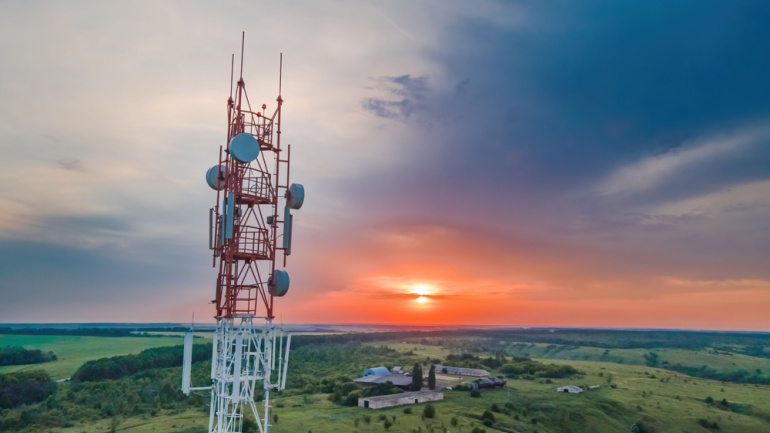The Federal Aviation Administration (FAA) has put forward a notice of proposed rulemaking (NPRM) that gives airlines an additional year, until February 1, 2024, to address faulty altimeters in their aircraft.
These altimeters, which measure an airplane’s height above the earth’s surface, are present on 7,993 planes registered in the United States. The FAA believes that 180 of these altimeters will need to be completely replaced, while 820 will need filters added to comply with the proposed modification requirement. This upgrade is expected to cost a total of $26 million.
The ruling is part of a settlement reached between the aviation and cellular sectors after AT&T and Verizon paid $69 billion for C-Band spectrum licenses. Airplane altimeters typically operate in the 4.2 – 4.4 GHz frequency, but certain altimeters cannot filter out 5G signals from the carriers’ spectrum in the 3.7-3.98 GHz range.
The FAA is therefore requiring airlines to modify their planes and revise their flight manuals to prohibit low-visibility landings after June 30, 2023, unless the retrofits on that specific aircraft have been completed. This extra year of leeway should give airlines plenty of time to correct the issue.
“While our industry strongly supports 5G deployment, safety is – and always will be – the top priority of US airlines. A4A member carriers are working diligently to ensure fleets are equipped with compliant radio altimeters, but global supply chains continue to lag behind current demand,” said the Airlines for America trade association.
AT&T and Verizon are likely to be pleased with the Federal Aviation Administration’s (FAA) most recent directive. These two operators have been restricted in their use of 5G C-band spectrum near airports, as they had to put in place 5G buffer zones around certain runways and limit their 5G C-band power levels in those areas.








